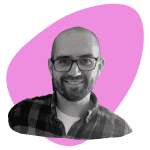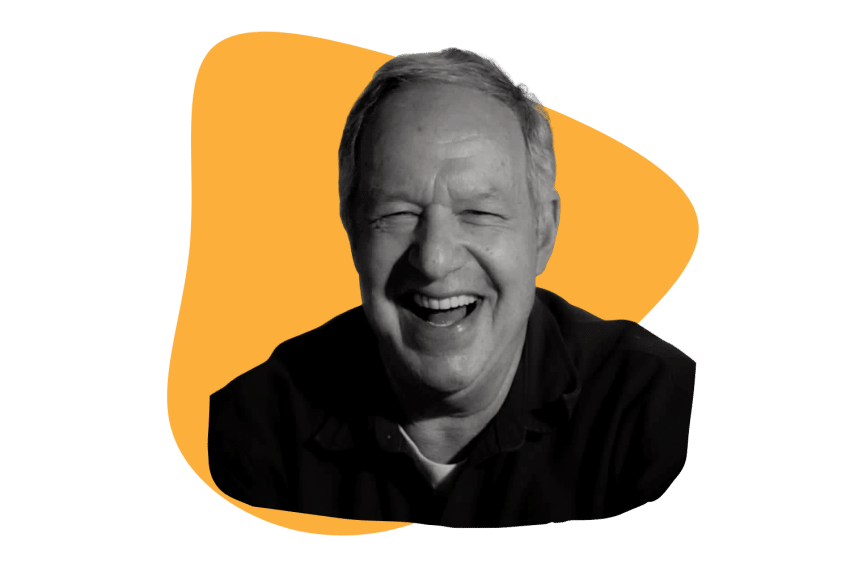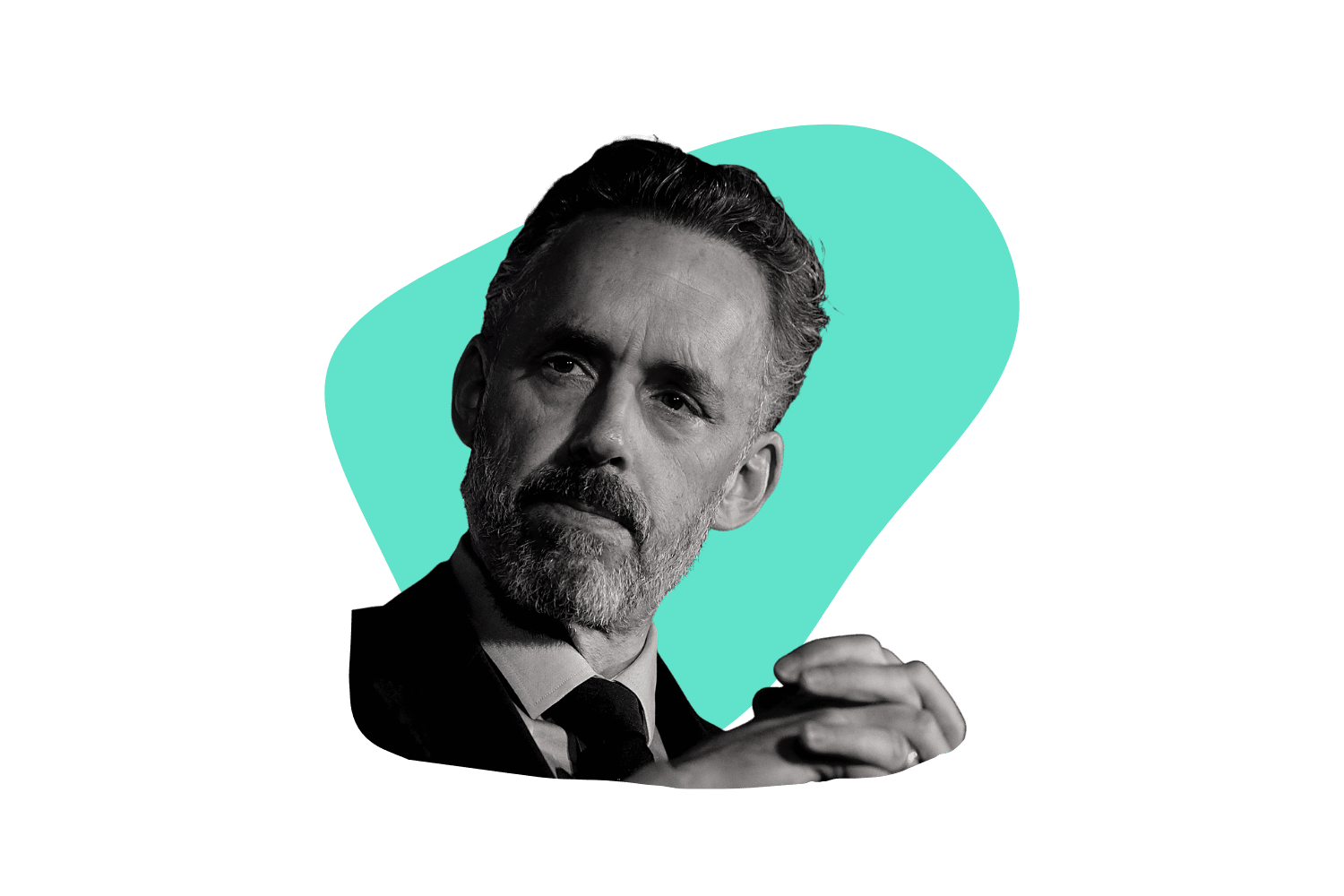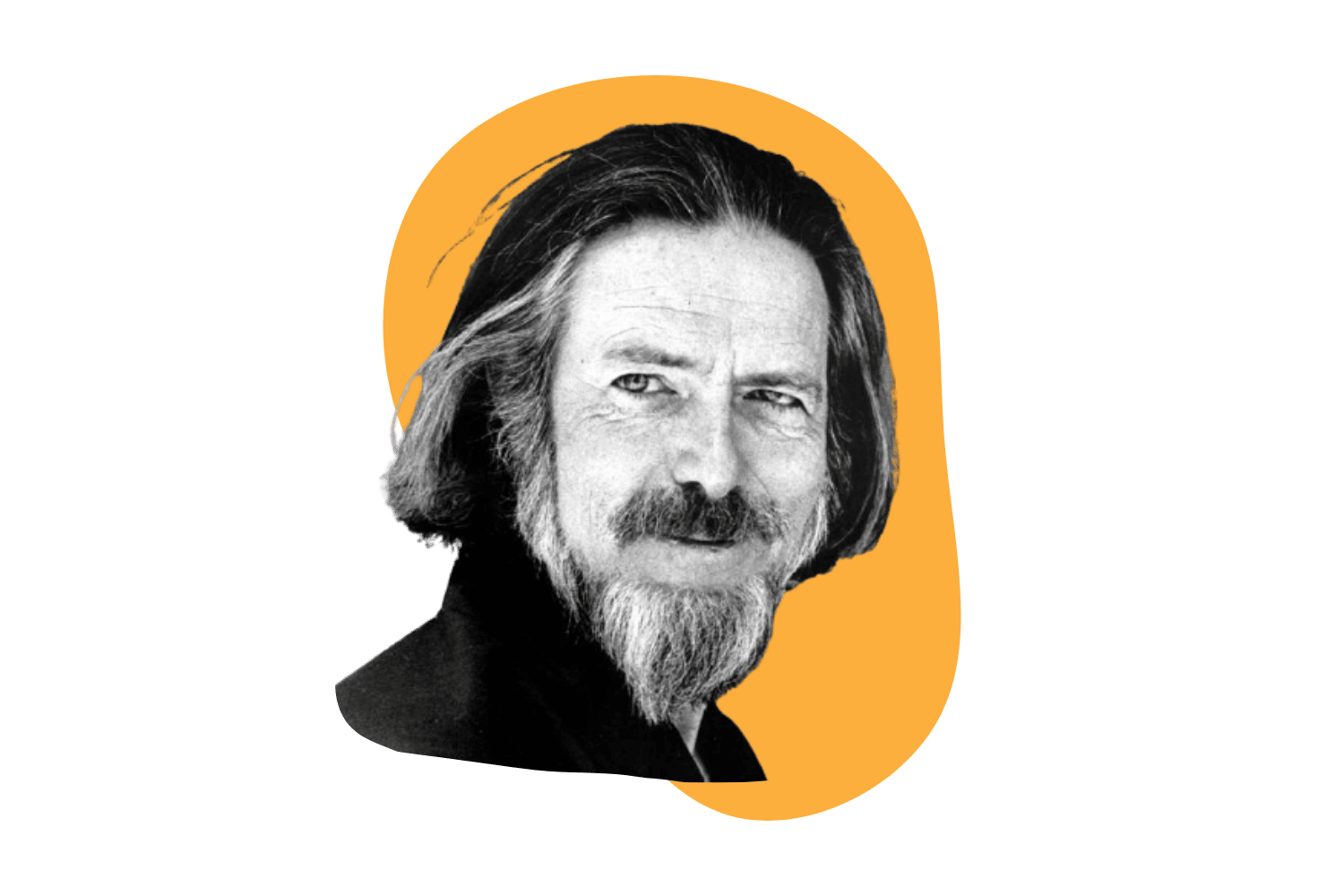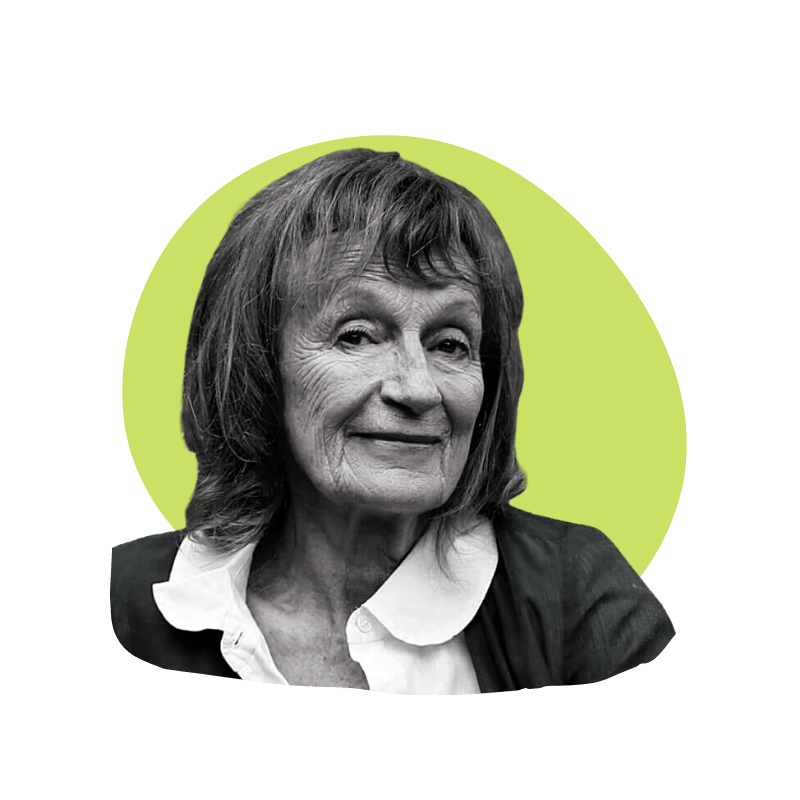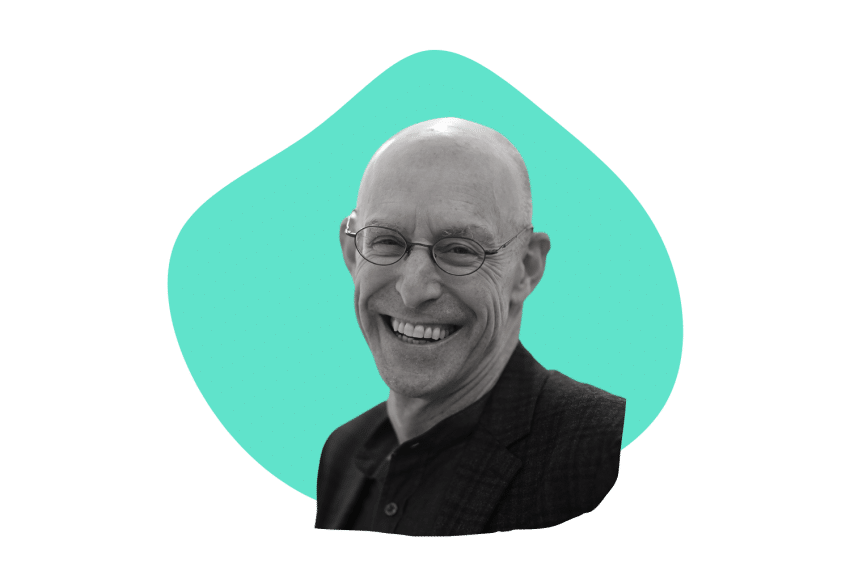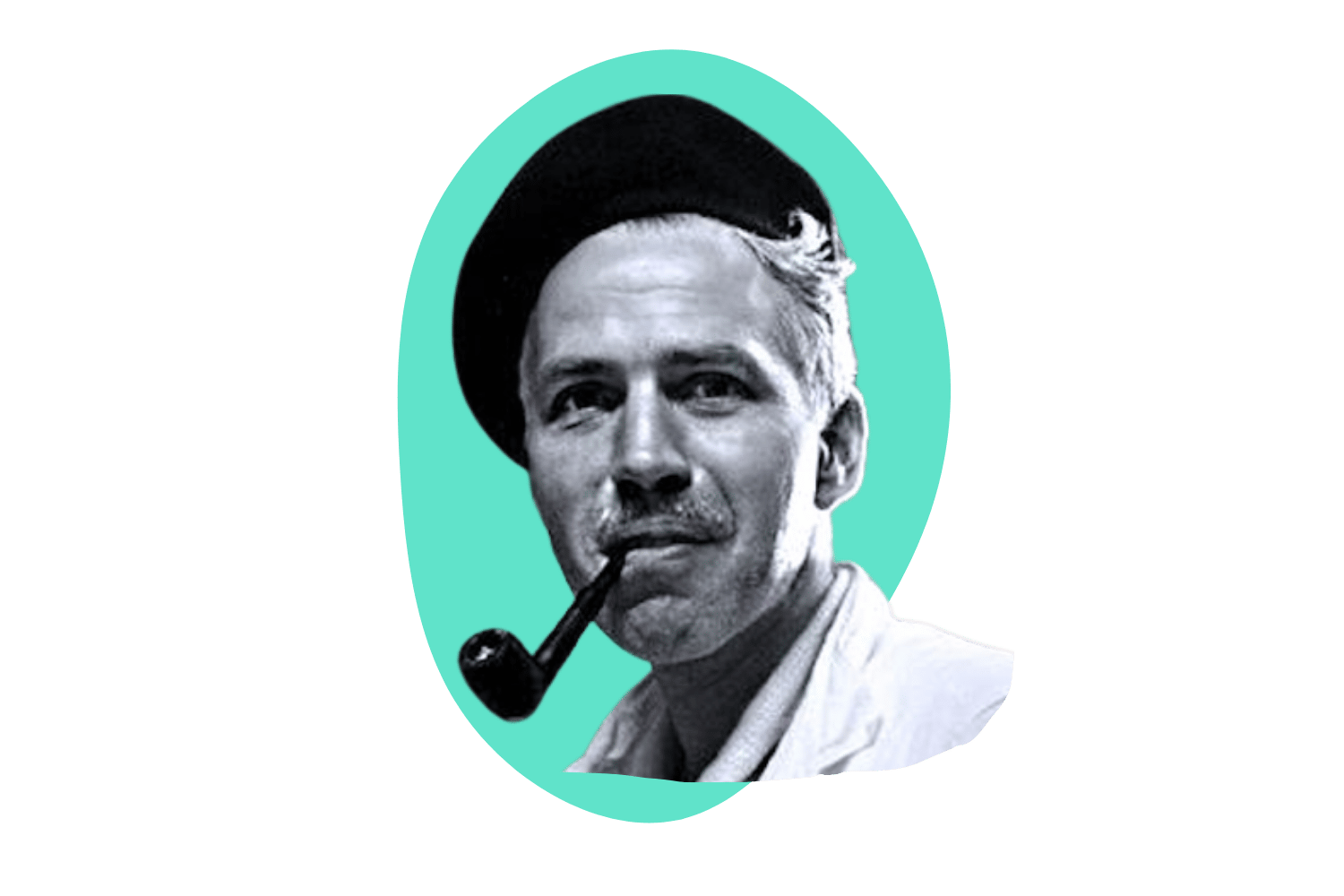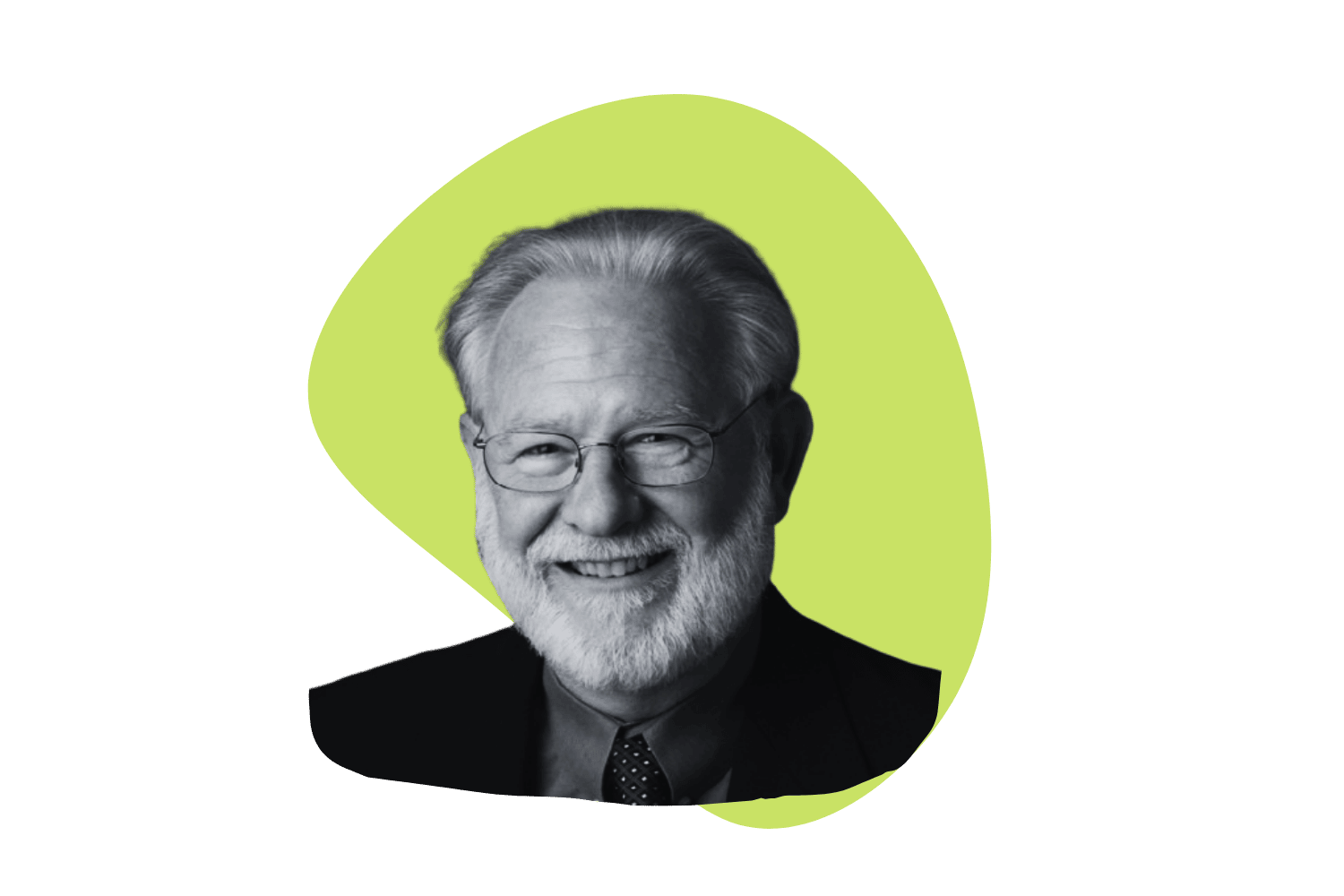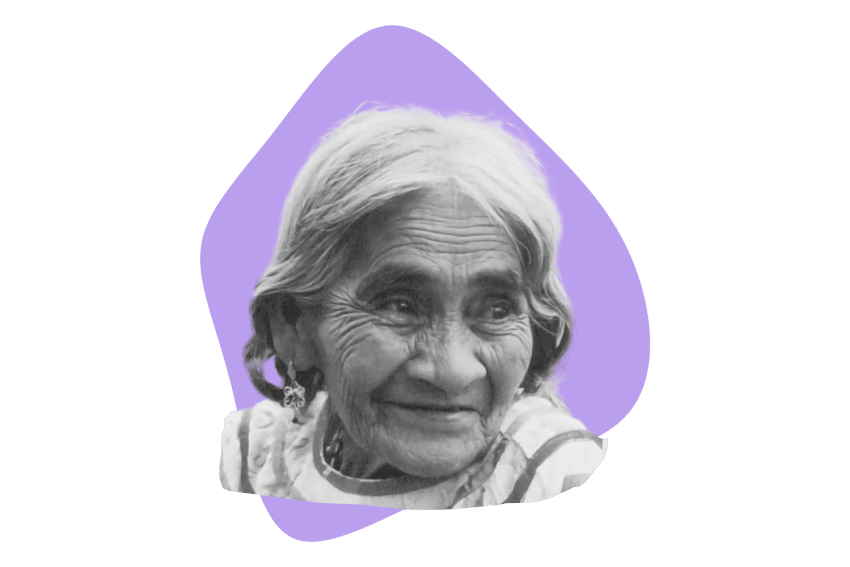Tim Scully: The Man Who Made LSD What It Should Be
Introducing the psychedelic polymath behind Orange Sunshine LSD.
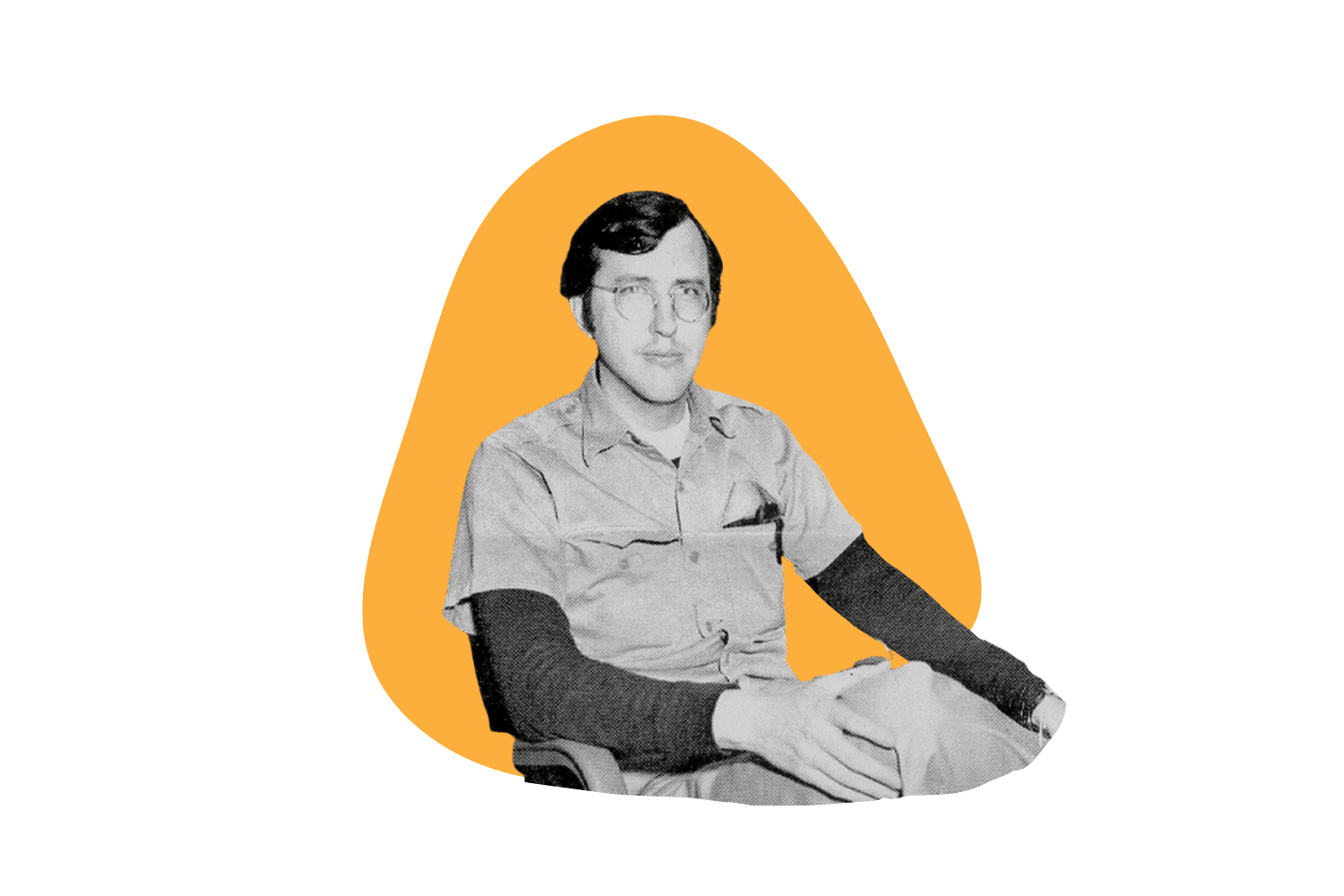
You’d be hard-pressed to find anyone who has lived a more interesting life than Tim Scully. He is most known for his work as one of the foremost producers of LSD (lysergic acid diethylamide) from 1966 to 1969, but he also had stints as a mathematical physics student, the founder of an electronics company, and a software developer for Autodesk.
This article offers a brief glimpse into the life of Tim Scully, focusing on his relationship with psychedelics and his legacy.
| Birth & Death | 1944–Present |
| Occupation | Psychologist, chemist, computer engineer, software developer |
| Nationality | American |
The Life of Tim Scully
Tim Scully showed a propensity for science from a young age, earning an honorable mention in the 1958 Bay Area science fair for building a small computer at 14 years old. He went on to build a small particle accelerator during his junior year of high school before skipping his senior year to attend U.C Berkeley to study mathematical physics.
Scully dropped out of Berkeley after two years to work on electronic consulting as his services were highly sought after. After he left Berkeley, Scully took his first dose of LSD on April 15, 1965, marking the beginning of his time as a titan of the psychedelics community.
Enamored with LSD after his first trip, Scully began an apprenticeship under Owsley Stanley in 1966 in his PT Richmond lab. Stanley was an underground LSD producer and sound engineer in the San Francisco area.
The following year, Scully and Don Douglas set up the first Denver Lab, expecting Stanley to bring his remaining lysergic acid.
The LSD produced in the PT Richmond lab was called “White Lightning” (over 400,000 doses).
The Denver lab produced “Monterey Purple.” Unfortunately, most of the output of the first Denver lab was captured and lost in the bust of the Orinda tableting facility.
Owsley Stanley was arrested in December 1967 and was eventually sentenced to 3 years; he was released after serving 2 years.
In October 1967, Scully befriended Billy Hitchcock, a descendant of the famous William Larimer Mellon, and Hitchcock helped Scully continue producing LSD after Stanley’s arrest by suggesting a new source in London for lysergic acid. With this new source of Lysergic Acid, Scully set up the second Denver lab — which produced “Blue Levis” before it was busted in June 1968 while Scully was away sourcing more material.
In May 1967, Stanley introduced Scully to Nick Sand and instructed Scully to teach Sand how to make STP (AKA “DOM“). Stanley had instructed Scully in February 1967 to retool the first Denver lab to also manufacture STP.
Sand took this newfound knowledge to found D&H Custom Research in San Francisco. This lab produced STP on a commercial scale which he sold to the Hells Angels. The lab closed suddenly in July 1968 after police started knocking on his door.
After the second Denver lab was busted, Scully was left with a large amount of lysergic acid and some (but not all) the chemicals needed to process it into LSD. But setting up a new lab was expensive and Scully was already reeling from the legal fees and bail for his two lab assistants affected by the bust.
Scully eventually worked out a deal with Nick Sand where he would teach him the process for making LSD if he financed a new lab. Scully also insisted Sand stop selling to the Hells Angels and instead sell his LSD to the Brotherhood of Eternal Love (a group that didn’t have a business model revolving around the use of violence).
This agreement led to the founding of the Windsor lab, which is the lab that produced the infamous “Orange Sunshine” LSD. The Windsor lab produced its first batch of Orange Sunshine in January 1969 and went on to produce more than 4 million doses before it shut down in May 1969.
Scully was arrested in May 1969 on a warrant from Denver, Colorado, related to the bust of the second Denver lab in June 1968. As a result, he had to appear in court in Denver frequently over the next couple of years and, during that time, started an electronics company making brainwave biofeedback instruments. He found this interesting because of research that identified particular brainwave patterns on the scalps of experienced meditators such as Zen masters and Yoga masters; additional research found that people could learn voluntary control over their brainwave patterns if given information about the state of their brains from an electronic instrument.
He continued designing increasingly sophisticated (and eventually computerized) biofeedback and physiological monitoring instruments for the next 15 years, even in prison.
Several years later, in April 1973, Scully and Sand were both indicted after Billy Hitchcock reluctantly testified before a grand jury.
They were tried from October 1973 through to January 1974, convicted at the end of January, and about a month later, Scully was sentenced to 20 years in prison.
He appealed and was kept on supervised release until the end of the appeals in 1977. He filed a Rule 35 motion for sentence modification which reduced his sentence by half.
After serving 40 months in prison, on February 11, 1980, Scully was released on parole.
During his time in prison, Scully developed assistive technology for people with vocal handicaps. He also received a Ph.D. in psychology from the Humanistic Psychology Institute (today, it’s called Saybrook University). He entered the HPI external degree program while out on appeal bond but continued his studies and work on his dissertation while in prison. He graduated in 1979 while still in custody at McNeil Island Penitentiary.
After his release, Scully went on to work more on computerized physiological monitoring systems, writing educational videogame software, and eventually worked for many years for the engineering software company Autodesk as a senior software developer on the company’s AutoCAD modeling software.
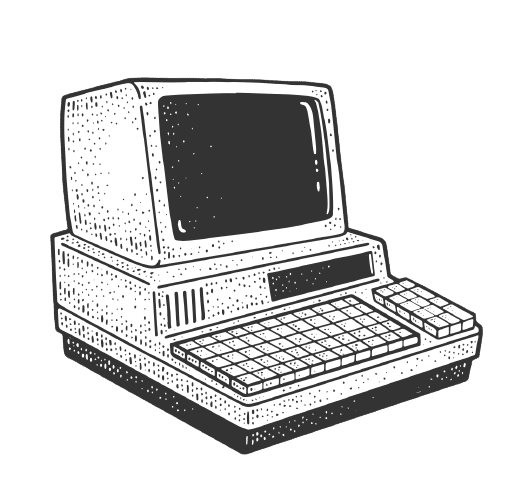
The Philosophy of Tim Scully
Tim Scully’s philosophy comes from an interesting blend of his technical background in math and physics and his experiences with LSD.
Scully has said that Don Douglas, a childhood friend, introduced him to psychedelics by encouraging him to read Tao Te Ching by Lao Tzu and Island and The Doors of Perception by Aldous Huxley. He says that these books, among others, prompted him to embark on his journey to explore LSD and the human mind.
One of the core tenets of Scully’s philosophy is that everything in the universe, living or not, is connected. While this is a common feature of eastern religions and a view shared by many in the psychedelics community, Scully came to this perspective through the lens of physics.
Scully wrote a paper during his time at Berkeley describing the idea that quantum mechanics gives a scientific basis to the theory that all entities in the universe can “feel” each other’s influence. Quantum mechanical wave functions have a theoretically infinite extent, so even distant objects may influence each other. This complements the idea of oneness present in many religions and philosophies.
Interestingly, Scully established his philosophy before he ever took LSD. His experience with psychedelics confirmed the beliefs he already had, and he describes the feeling of oneness from taking LSD as reinforcing his ideas about quantum mechanics. His combination of physics insight and transcendental experiences on LSD make him convinced that everything is interconnected on a fundamental level.
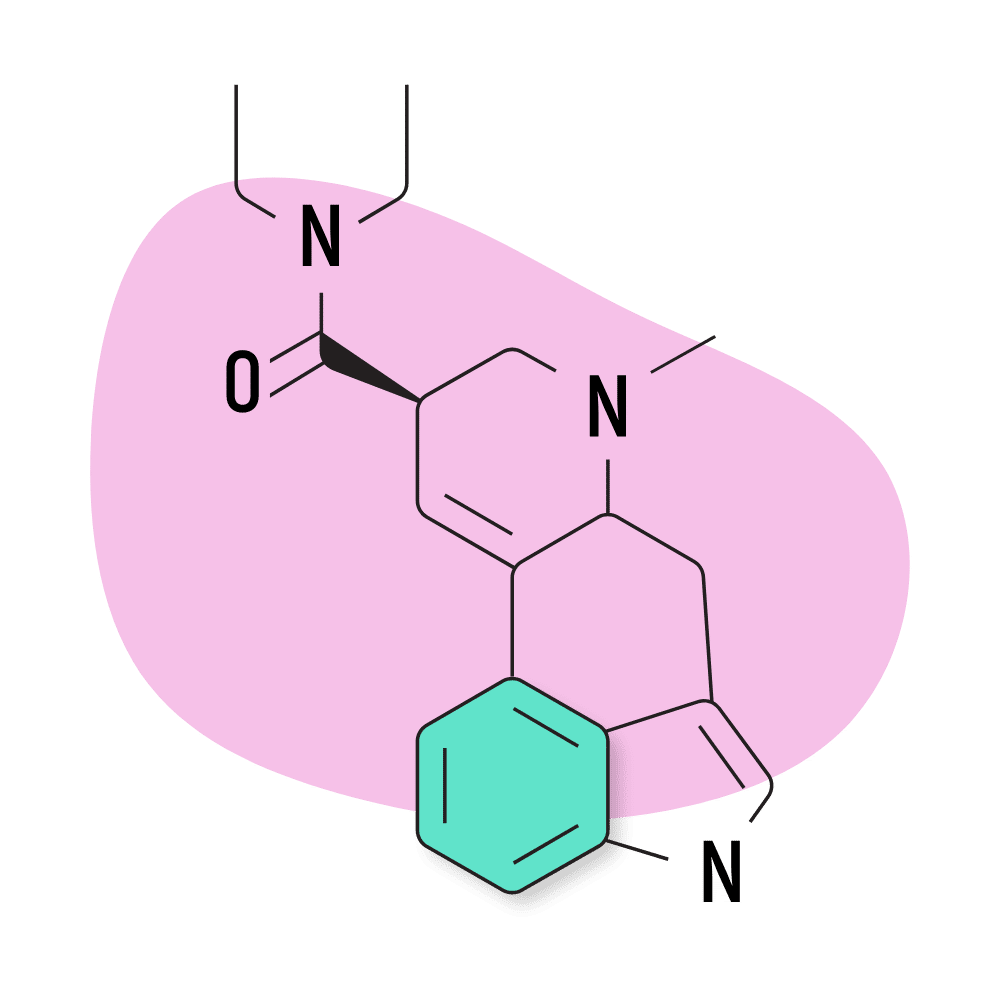
What Was Tim Scully’s Stance on Psychedelics?
Scully believes that psychedelics offer a window into a deeper reality, revealing connections between people, nature, and the universe. He describes group acid trips where everyone present felt as if they were parts of a larger whole and says that these experiences shaped his view on psychedelics and life.
He also believes that there may be a paranormal aspect to psychedelics, although he readily admits this is hard to prove concretely. One piece of anecdotal evidence he provides is an unexplainable coincidence during a Grateful Dead concert. Several speakers blew during what he describes as an intense energy spike that he and others felt. Despite the lack of hard evidence, he took this as a sign that there is a connection between the physical world and the subjective experiences we have in our minds.
Tim Scully Publications
- Scully, T. Sketch of the Early History of Underground LSD Manufacturing, read via Skype on 7/13/13 for the Breaking Convention 2013 event at the University of Greenwich.
- Scully, T. Time With the Dead: The LA Acid Tests. Dead Studies 3 (2013):41-52.
- Scully, T. Some Anecdotes Regarding LSD, Biofeedback and Consciousness in Radiant Minds. Ed J. Millay, Doyle, CA, 2010. pp 209-216
- Scully, T. Looking to the future. Creative Computing, 1980, 6(1): 78-79
- Scully, T. Computerized biofeedback and stress management. Creative Computing, 1979, 5(12): 88-94.
- Scully, T. Physiological pattern analysis: A key to improved biofeedback systems for the voluntary control of events in consciousness. San Francisco: Humanistic Psychology Institute, 1979.
- Scully, T. New frontiers in biofeedback. Somatics, 1978, 1(4): 12-14.
- Scully, T. Microcomputer communications for the handicapped. People’s Computers, 1978, 6(5): 34-44. Reprinted in Jim C. Warren (Ed.), The Proceedings of the Second West Coast Computer Faire, Palo Alto, Ca.: Computer Faire Inc., p32-42.
- Scully, T. Biofeedback and microcomputers, part I. People’s Computers 1977, 6(2): 40-43.
- Scully, T. Biofeedback and microcomputers, part II. People’s Computers l977, 6(3): 45-47
- Scully, T. A 128 point amplitude-frequency histogram algorithm and hardware for real-time EEG analysis. Paper presented at the Biofeedback Society of America Eighth Annual Meeting, 1977, and abstracted in Biofeedback and Self-Regulation, 1977, 2(3): 325.
- Scully, T. Biofeedback and some of its non-medical uses. AHP Newsletter, December 1976: 1-2. Reprinted in J. Brennecke and R. Amick (Eds.) Readings to accompany psychology and human experience, 1978, New York: Glencoe Press.
- McNeil Island Penitentiary, Humanistic psychology and Another View of the Prison System. Early 1979.pdf
- Coppock, B. and Scully, T., Aquarius Electronics Catalog, circa 1976
- Douglas, D. and Scully, T., 1972 Aquarius Electronics Catalog
- Coppock, B. and Scully, T., 1974 Aquarius Electronics Catalog
Books About or Featuring Tim Scully
- Jay Stevens “Storming Heaven: LSD and the American Dream”
- Martin A. Lee and Bruce Shalin “Acid Dreams: The Complete Social History of LSD: The CIA, the Sixties, and Beyond”
- Nick Schou “Orange Sunshine: The Brotherhood of Eternal Love and Its Quest to Spread Peace, Love, and Acid to the World”
- David Black “Psychedelic Tricksters: A True Secret History of LSD”
- Rhoney Gissen Stanley “Owsley and Me, My LSD Family”
- Stewart Tendler and David May “The Brotherhood of Eternal Love, From Flower Power to Hippie Mafia: The Story of the LSD Counterculture”
- Flower Power to Hippie Mafia: The Story of the LSD Counterculture
Other Books Related to LSD Manufacturing
- Lyn Ebenezer “Operation Julie: The World’s Greatest LSD Bust”
- Dick Lee and Colin Pratt “Operation Julie, How the Undercover Police Smashed the World’s Greatest Drugs Ring.” (out-of-print)
- Leaf Fielding “To Live Outside the Law”
- Andy Roberts “Albion Dreaming: A popular history of LSD in Britain”
- Guy Hargreaves “Operation Trip to Oz, Busting the World’s Largest LSD Lab”
- Jun Po Denis Kelly and Keith Martin-Smith “A Heart Blown Open”
- Edward Padilla “Lurigancho”
Learn More About Tim Scully in “The Sunshine Makers” Documentary
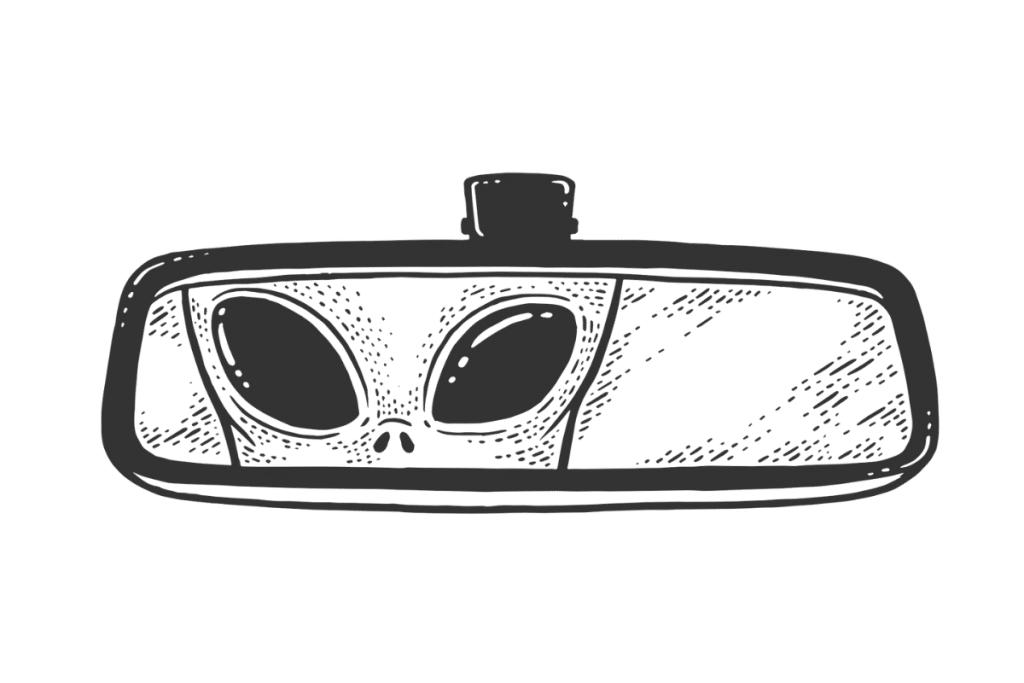
Final Thoughts: Who Was Tim Scully?
Genius is the best way to describe Tim Scully in a single word. His work spans a staggering number of fields, from physics and math to chemistry, psychology, and software development. Any one of Tim Scully’s achievements would be impressive on a resumé, but taken together, they paint a remarkable picture of someone with a truly outstanding intellect.
Tim Scully is a legend in the psychedelic community, and without him, hundreds of thousands, if not millions, of people would not have been exposed to the mind-opening experiences LSD provides. To call him an LSD pioneer would be an understatement. He was instrumental in bringing the wonders of LSD to the San Francisco area psychedelics community and is one of the few people who can act as a bridge between the worlds of science and mind-expanding drugs like LSD.
